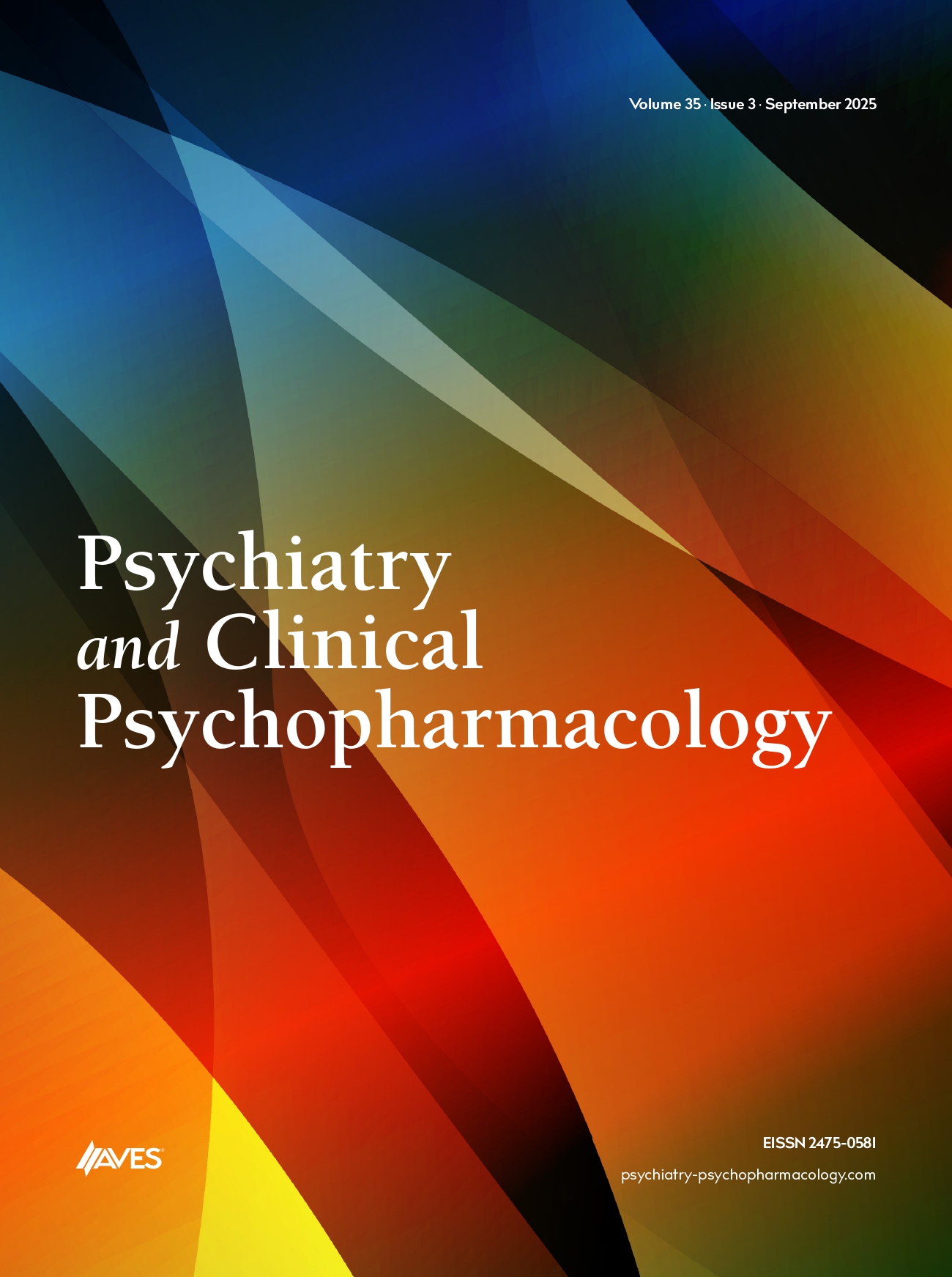The aims of this course are to teach the basic statistical approach and terminology, to teach the use of the SPSS for Windows package program and its basic characteristics and principals, to perform the basic descriptive and analytical statistics by using SPSS for Windows package program and to interpret the results.
At the end of the course, the participants will be able to perform descriptive statistics, select the appropriate statistical tests to compare differences between or within groups and be able to draw some graphics by using the SPSS for Windows package program in a datasheet which is composed by the course director.
The participants, upon completion of this course, will be able to generate and test hypotheses, compose a datasheet iusing the SPSS for Windows program, enter data in the datasheet, transform the data to other forms, select the appropriate statistical test for comparison of groups and computation of basic statistics, interpret and write the results, interpret the p value and confidence interval, and draw some graphs by using the SPSS program.
The participants will learn to calculate mean, median, mode, standard deviation, quartiles, frequency and percents as descriptive statistics. They will learn and differentiate categorical, ordinal, and continuous variables by studying examples. To compare categorical variables, the use of the chi-square test and interpretation of the results will be discussed. For continuous variables, the appropriate test will be determined with respect to group numbers, whether groups are dependent or independent and whether the variables are parametric or nonparametric.
According to the existing conditions, the participants will decide when they should use the independent samples t test, ANOVA, paired samples t test, or repeated measures of ANOVA as parametric tests and Mann Whitney U, Kruskal Wallis, Wilcoxon ranked signs test, or Friedman test as a nonparametric tests. They will also use correlation analysis to determine the linear association between continuous and ordinal variables.
By using the SPSS program, participants will compose bar and pie graphs for nominal and box plot graphs for continuous variables to demonstrate the results.


.png)
.png)